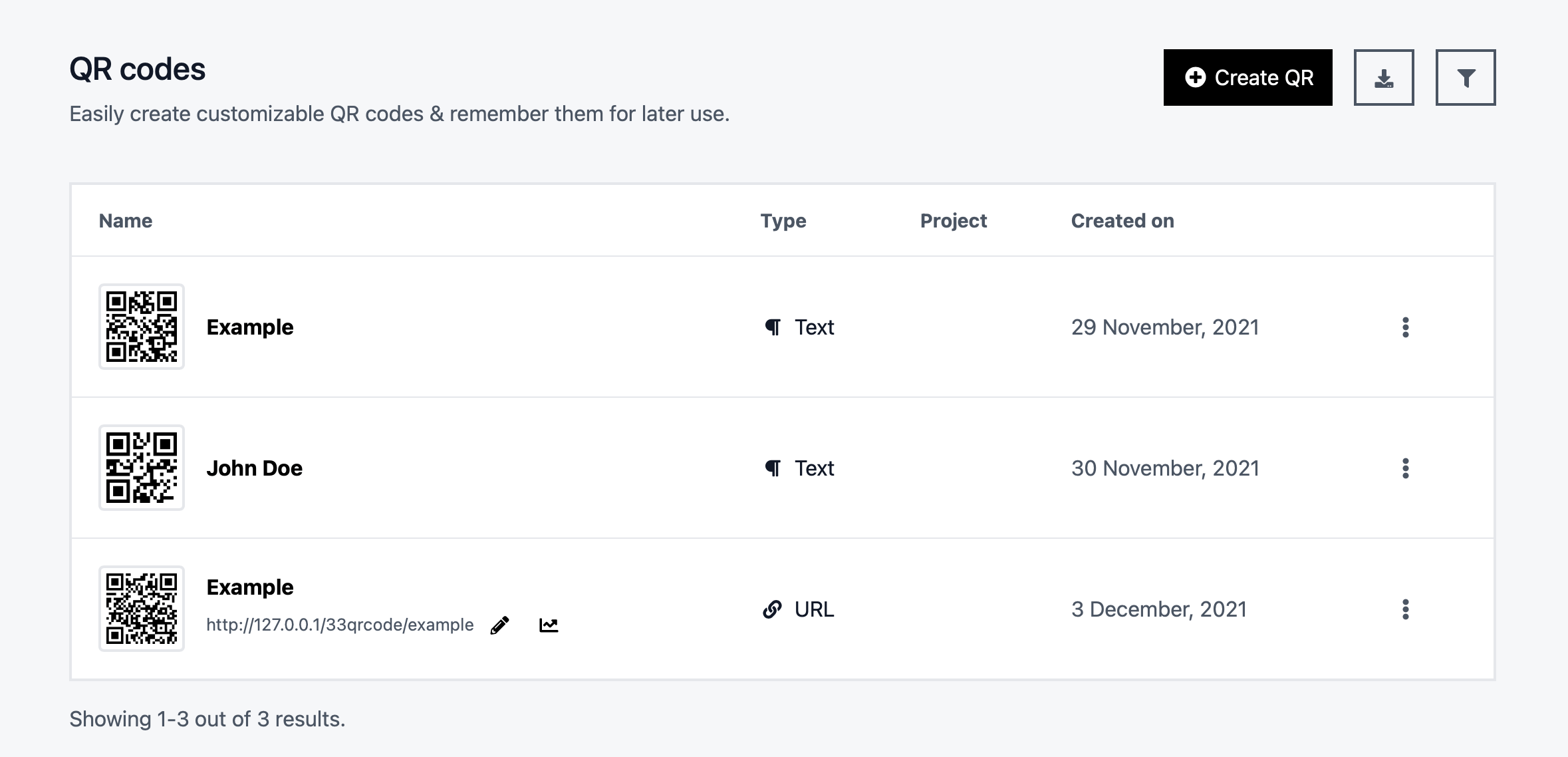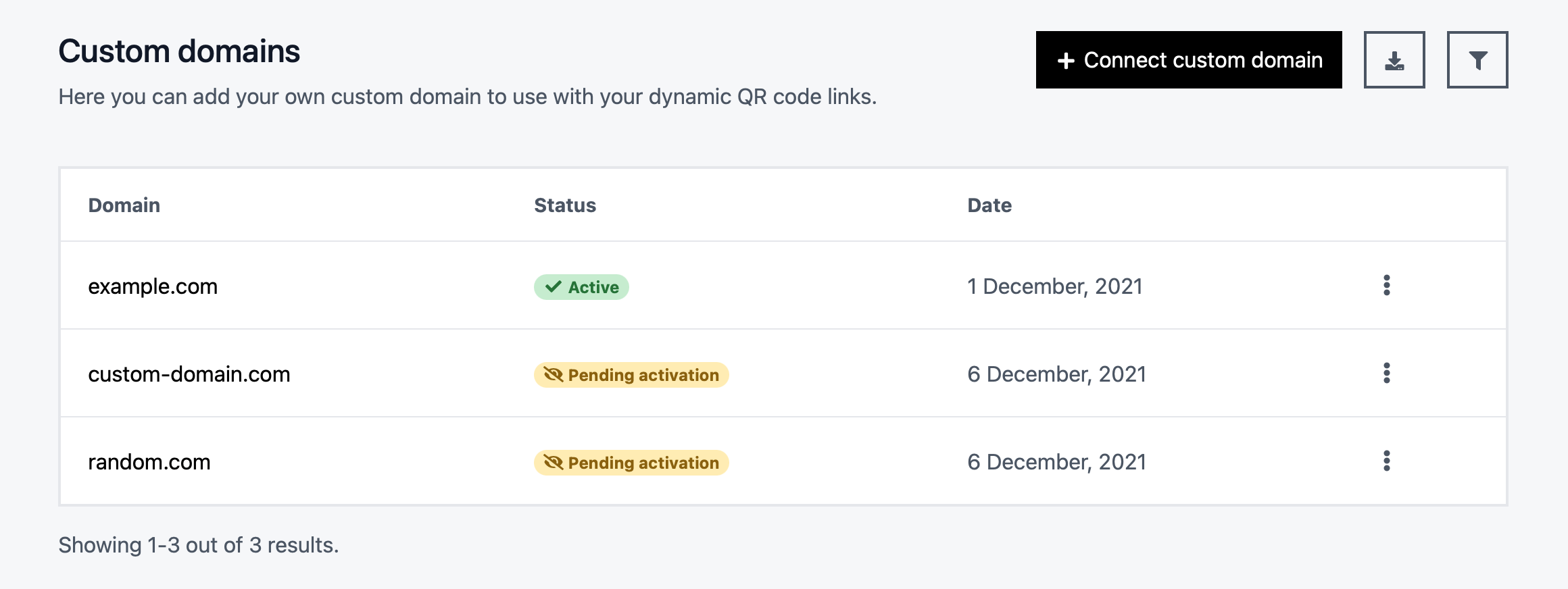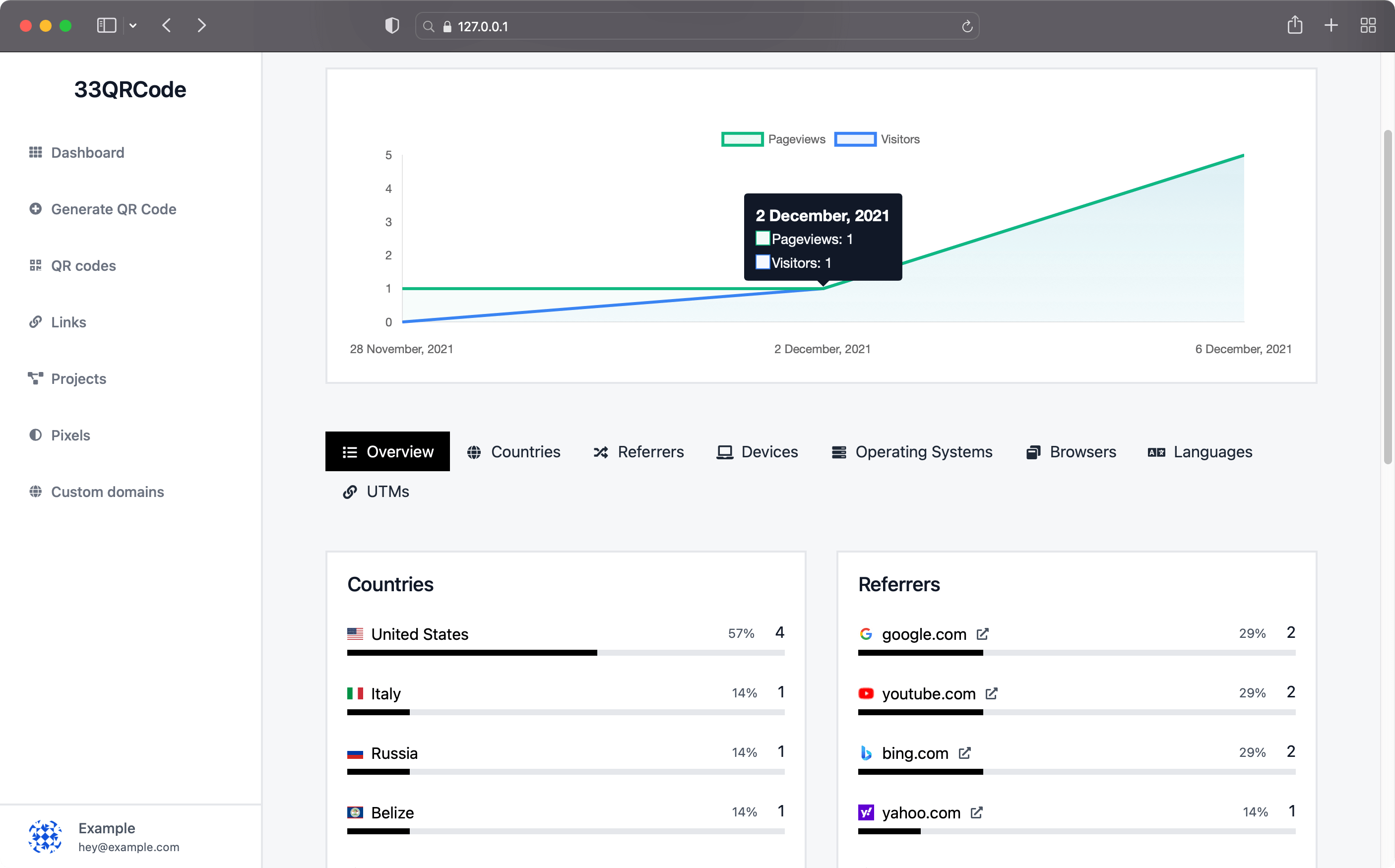QR code Generator
Generate simple & advanced QR codes. Easy, customizable & trackable.







Static QR codes
Static QR codes are fixed, meaning that all the data is directly embedded into the QR code. Once generated and printed for real-world usage, it can't be changed.
-
Fully customizable
-
No scan limit
-
No data saved on our servers
Dynamic QR codes
Dynamic QR codes for links, allow you to change the destination of the QR code on-the-fly, whenever you want. It combines multiple technologies to make this happen in the background with the help of our Links tool.
-
Advanced scan statistics
-
Change URL destination dynamically
-
Scheduling, expiration limits, A/B Rotation
-
Password protection
-
Country, device & language re-targeting

QR code types
A large array of QR code templates to choose from and get started.
Get custom Whatsapp messages from people by scanning the QR code.
Generate Whatsapp QR codeLocation
Embed location coordinates for people to get directions more easily.
Generate Location QR codeSimple, transparent pricing.
Choose the plan that is right for you and your budget.
Get started
Super easy & highly customizable static or dynamic QR codes.